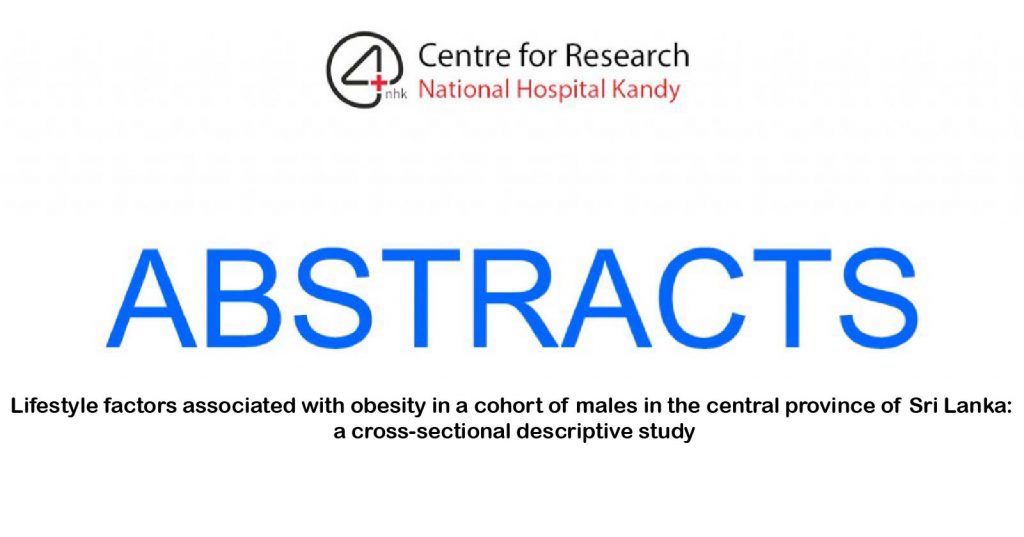Abstract
Purpose: Nonalcoholic fatty liver disease (NAFLD) is often referred to as the hepatic manifestation of the metabolic syndrome. The relationship between body weight, NAFLD, and insulin resistance is not well characterized in humans. Additionally, it is unclear why South Asians develop these complications at lower levels of obesity compared to their Western counterparts.
Patients and methods: To address this question, we performed a cross-sectional study using a convenience sample of Sri Lankan adult females (n=34) and collected anthropometric data, adipose tissue specimens (for histology), and fasted serum samples (for metabolic and inflammatory markers). Hepatic steatosis was assessed by ultrasound scanning and used to classify participants as NAFL 0, NAFL 1, and NAFL 2.
Results: Waist circumference significantly increased with increasing NAFL grade. Participants with NAFL had significantly higher body mass index, hip circumference, and fasting plasma glucose, as well as a higher mean adipocyte area in both abdominal subcutaneous and visceral areas, indicating a higher degree of adipocyte hypertrophy associated with fatty liver. There were, however, no differences in measures of dyslipidemia. Of the multiple adipokines measured, resistin was the only proinflammatory adipokine significantly elevated in NAFL 2.
Conclusion: These findings indicate that measures of adiposity, fasting serum glucose, and resistin may be important indicators of NAFLD in South Asian women.

